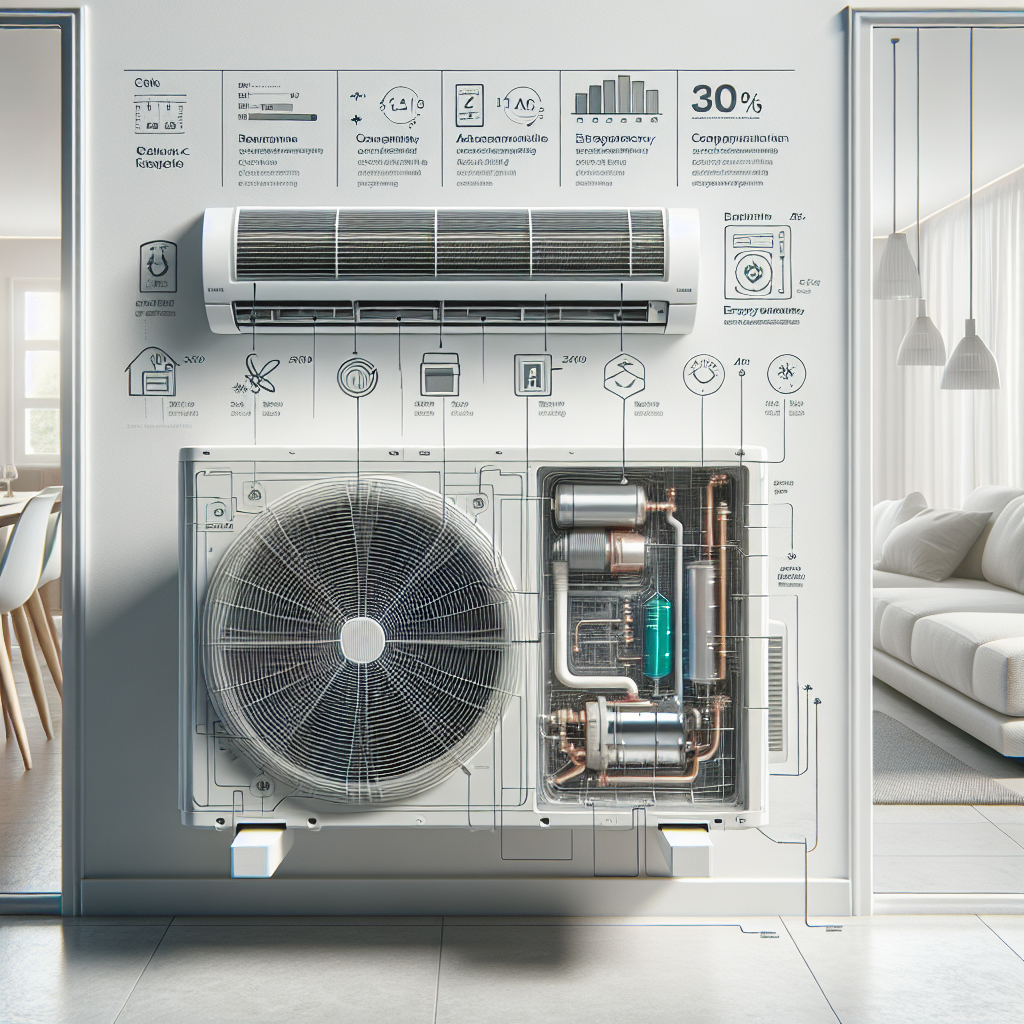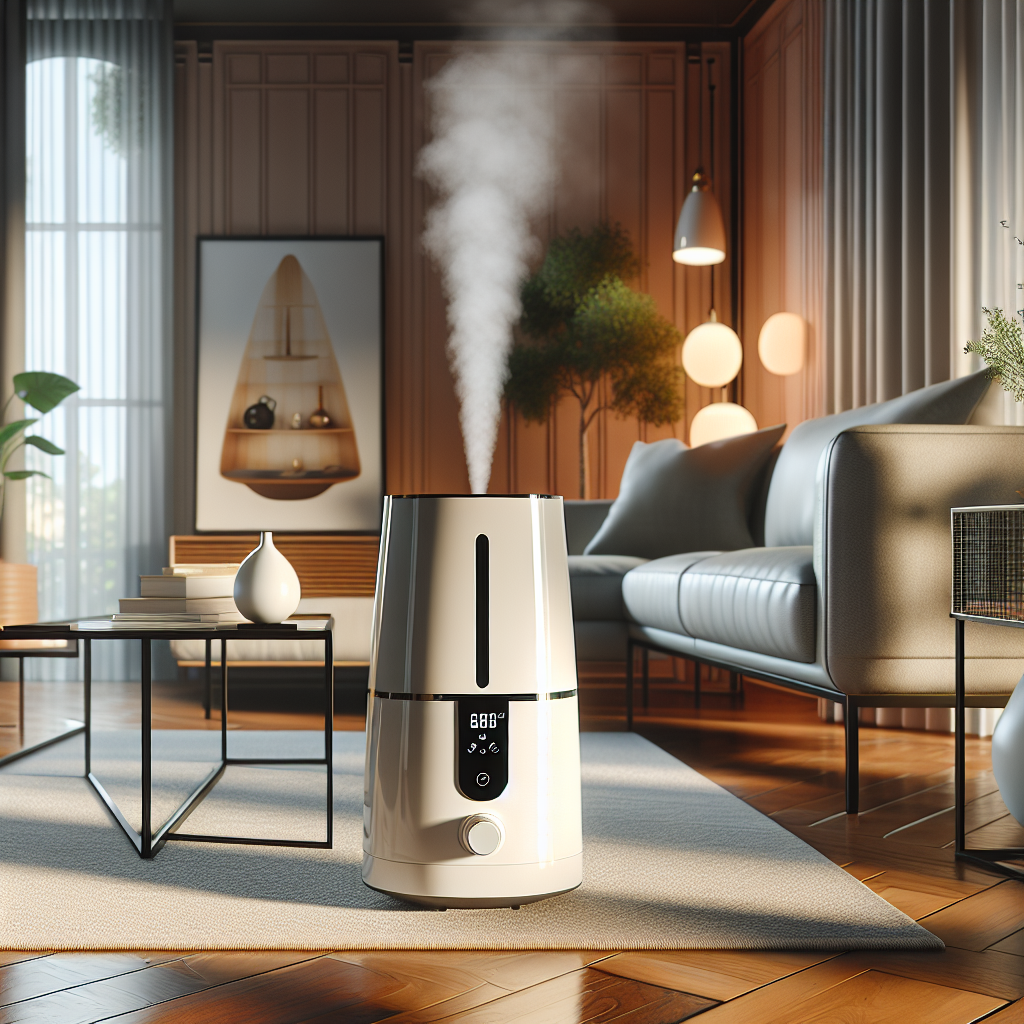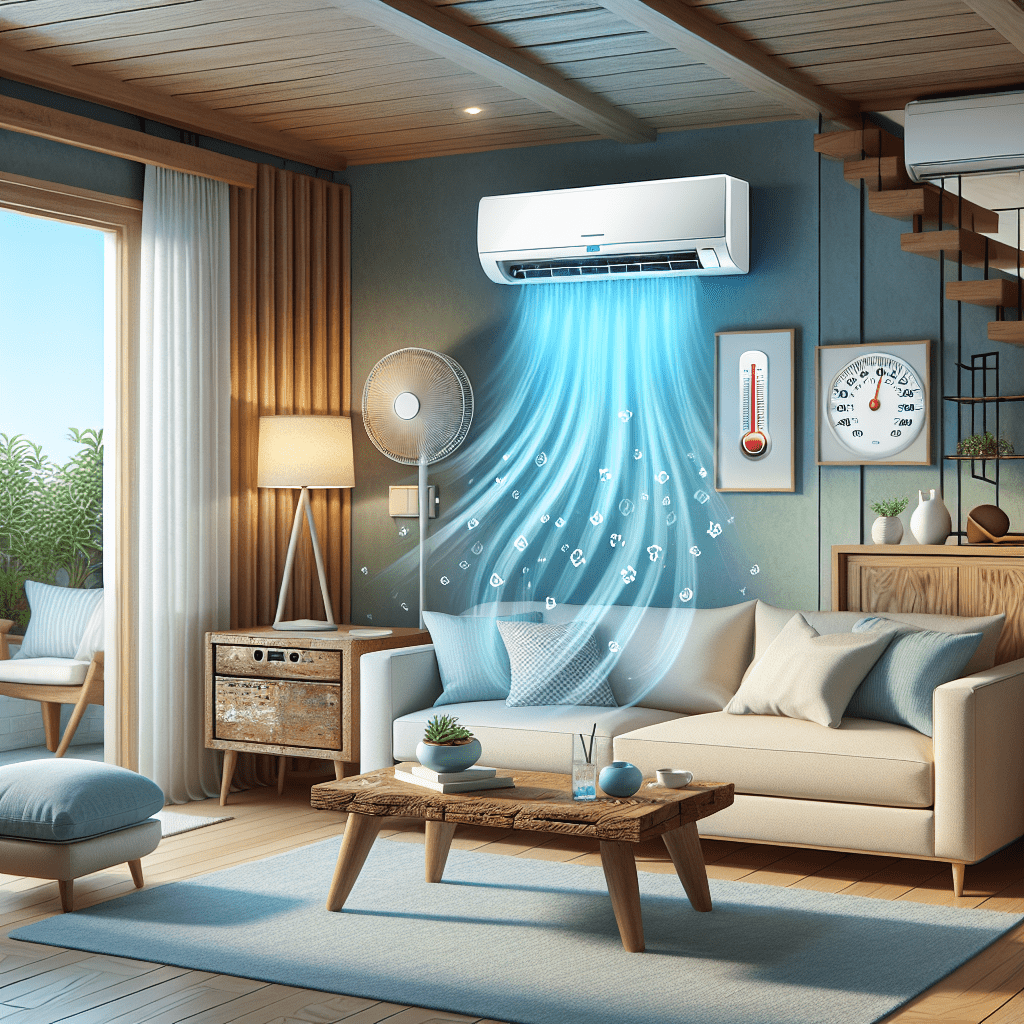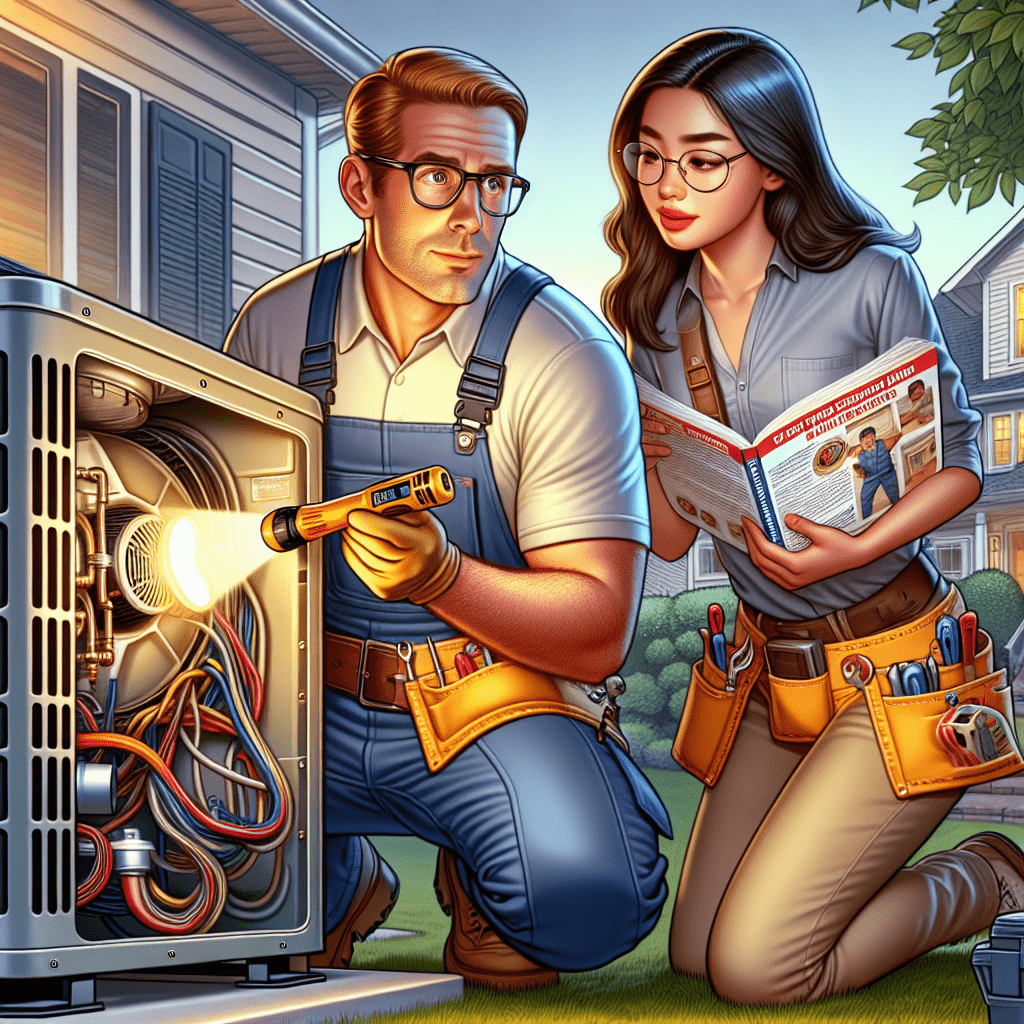Split AC Units: The Ultimate Guide to Energy-Efficient Home Cooling
Introduction
Welcome to the cool side of life! If you’re sweating bullets in your living room or tossing and turning at night because of the heat, it’s time to consider a split AC unit. These nifty little devices are not just your average air conditioners; they’re the superheroes of home cooling. Think of them as the ductless air conditioners that can swoop in and save you from summer’s fiery grip without taking up too much space or energy.
So, what exactly is a split AC unit? Imagine a pair of best friends: one half hangs out indoors, quietly cooling down your space while the other enjoys the great outdoors, dissipating heat. Together, they create a seamless system that provides reliable comfort. Whether you’re looking for a mini split air conditioner to chill a single room or a multi-zone split AC for year-round climate control across your entire home, there’s something here for everyone.
In this ultimate guide, we’ll dive deep into everything you need to know about split system air conditioners. From understanding how they work and their various types, to tips on choosing the best split air conditioners for your needs we’ve got you covered. Plus, we’ll explore energy-efficient options like inverter split AC units and smart home compatible AC units that not only keep you cool but also help lower those pesky energy bills.
Did You Know? Split AC units can be up to 30% more energy efficient than traditional window units! That’s right more cooling power with less impact on your wallet.
Ready to transform your living space into a cool oasis? Let’s jump in and explore the ins and outs of these fantastic cooling machines!
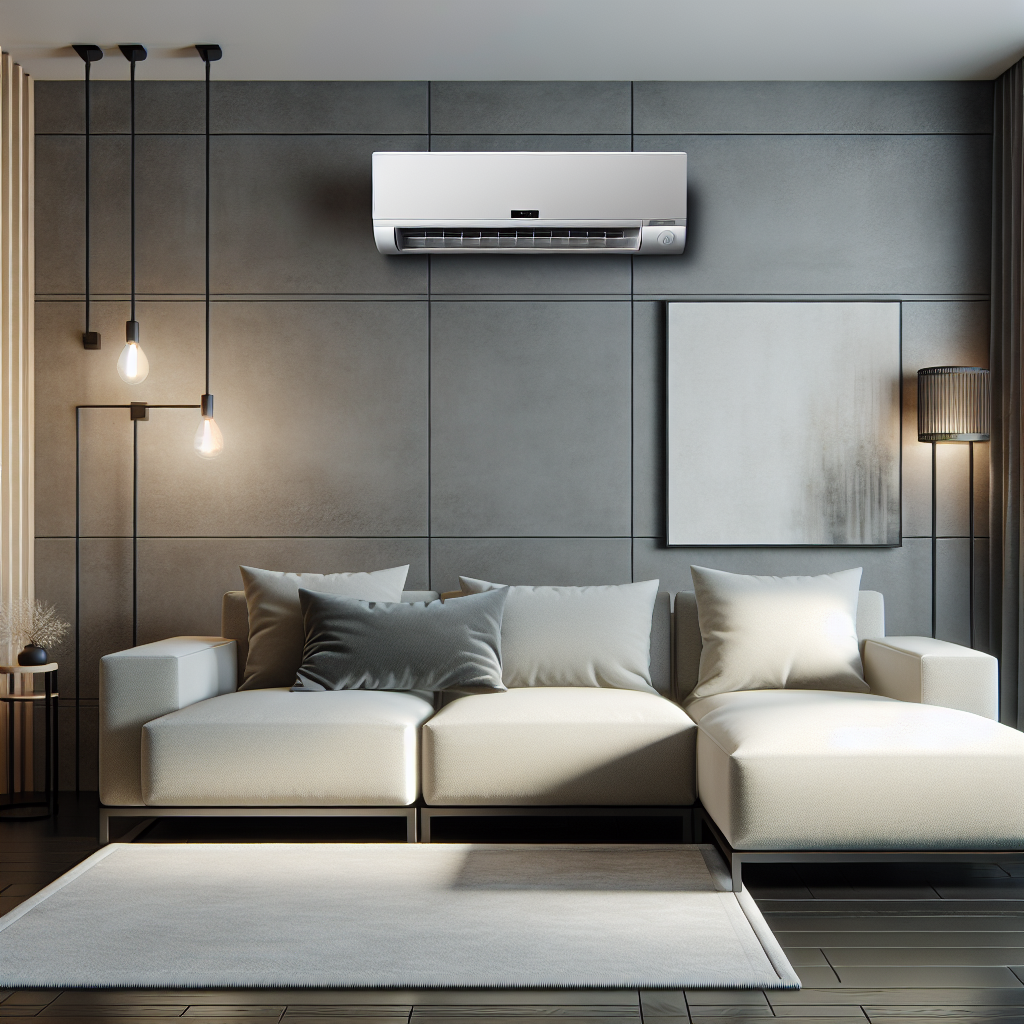
Understanding Split AC Units
So, what exactly is a split AC unit? Think of it as the cool kid on the block in the world of air conditioning. Unlike traditional systems that require extensive ductwork, a split system air conditioner consists of two main components: an indoor unit and an outdoor unit. This nifty design not only saves you space but also enhances energy efficiency.
Components of a Split System Air Conditioner
A split AC unit is like a dynamic duo, working seamlessly together to keep your home at the perfect temperature. Here’s a quick breakdown:
- Indoor Unit: This is where the magic happens. It’s usually wall-mounted and houses the evaporator coil and fan that circulate cool air into your living space.
- Outdoor Unit: This unit contains the compressor and condenser coil. It’s responsible for expelling heat outside, making way for that refreshing cool air we all crave.
- Refrigerant Lines: These essential tubes connect the indoor and outdoor units, allowing refrigerant to flow between them. It’s like their personal highway for heat exchange!
How Split AC Units Work
If you’re curious about how this all comes together, let’s break it down in simple terms:
- The indoor unit absorbs warm air from your room through its evaporator coil.
- This warm air passes over the coil filled with cold refrigerant, cooling it down.
- The cooled air is then blown back into your space by a fan.
- The absorbed heat travels through the refrigerant lines to the outdoor unit where it’s expelled into the atmosphere.
This two-part system not only offers efficient cooling but also allows for customizable temperature zones, especially with options like multi-zone split AC systems. Imagine being able to set different temperatures in different rooms now that’s living!
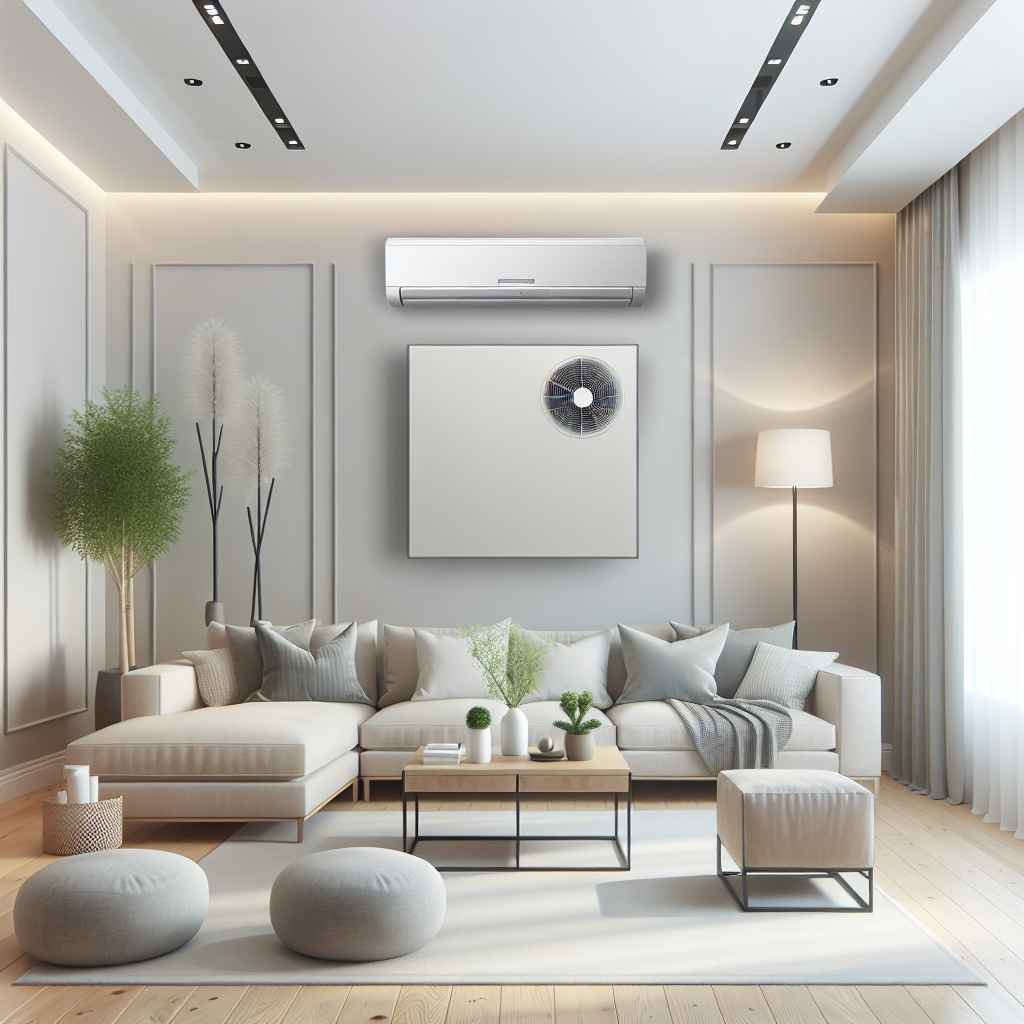
Types of Split AC Units
When it comes to split AC units, variety is the spice of life! Let’s break down the different types to help you find your perfect cooling companion.
-
Ductless Air Conditioners
Ductless air conditioners are like the cool kids at school stylish and efficient. These units don’t require ductwork, making them a breeze to install. Perfect for homes without existing ducts!
-
Mini Split Air Conditioners
If you’re looking for flexibility, a mini split air conditioner is your go-to. These compact split AC units can be installed in various configurations and are ideal for adding cooling to specific areas without breaking the bank.
-
Wall-Mounted AC Units
Wall-mounted AC units are not just practical; they’re also pretty chic! These sleek designs fit snugly on your wall, providing both cooling and heating options in one stylish package.
-
Multi-Zone Split AC Systems
Ever wished you could control the temperature in different rooms independently? Enter multi-zone split AC systems! With these, you can create customizable temperature zones, ensuring everyone is comfy no more arguments over the thermostat!

Pro Tip: When selecting a split system air conditioner, consider factors such as energy efficiency ratings and noise levels. The best split air conditioners are often those that combine performance with low maintenance features!
Choosing the right type of split AC unit can significantly enhance your comfort while keeping energy bills low. With options ranging from quiet split AC units to high-efficiency mini splits, there’s something for everyone!
Benefits of Split AC Units
If you’re on the fence about investing in a split AC unit, let’s dive into the delightful benefits that might just tip you over to the cool side. Spoiler alert: it’s not just about staying chill during a heatwave!
- Energy Efficiency and Cost Savings: One of the most enticing features of a split system air conditioner is its energy efficiency. These units can save you a pretty penny on your energy bills, especially when compared to traditional HVAC systems. With their high-efficiency ratings, many models are designed to consume less electricity while delivering powerful cooling performance.
- Quiet Operation: Ever tried to sleep with a loud air conditioner humming away? Not fun! Enter the quiet split AC unit. These bad boys operate at whisper-quiet levels, allowing you to enjoy peaceful nights without the annoying drone of traditional units. Your dreams will thank you!
- Customizable Temperature Zones: Say goodbye to family squabbles over thermostat settings! With options like dual zone mini splits, you can create customizable temperature zones in your home. This means everyone can bask in their preferred climate without compromise perfect for families with diverse temperature preferences.
- Sleek Design: Who says air conditioning units can’t be stylish? The modern designs of many wall-mounted AC units are sleek and unobtrusive, blending seamlessly into your decor. No more bulky eyesores ruining your aesthetic; instead, enjoy a chic addition that complements your home’s style.
The combination of efficiency, quiet operation, and customizable comfort makes split AC units some of the best split air conditioners on the market today!
In addition to these perks, many models come equipped with advanced features like smart home compatibility and eco-friendly air conditioning solutions, making them not just practical but also future-proof.
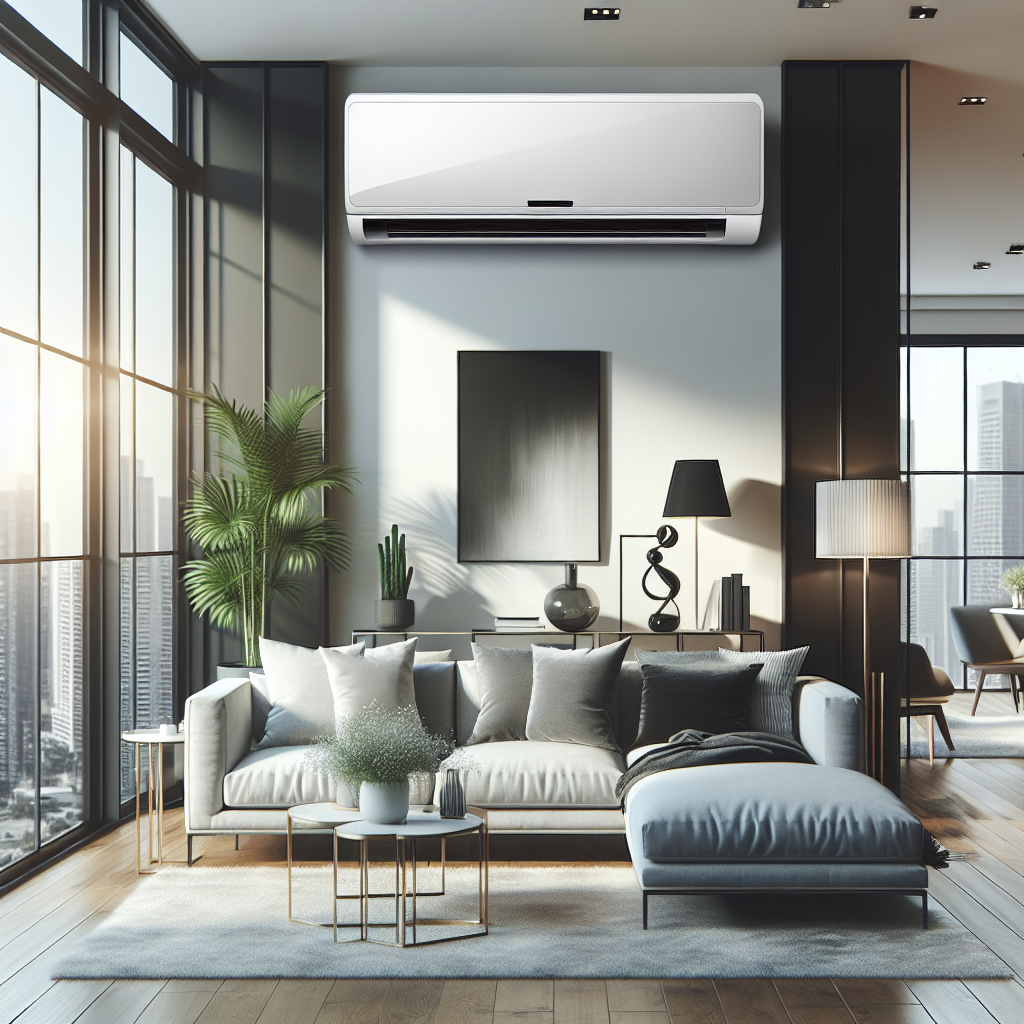
The takeaway? Investing in a split AC unit is not just about cooling down; it’s about enhancing your home comfort while being kind to your wallet and the environment. So why not take the plunge into this world of comfort?
Choosing the Right Split AC Unit for Your Home
Choosing a split AC unit for your home is like picking the perfect pair of shoes. You want something that fits just right, looks good, and can handle whatever life throws at you whether that’s a heatwave or an unexpected cold snap. Let’s break down how to find your ideal match!
Factors to Consider When Selecting a Unit
When shopping for a split system air conditioner, consider these critical factors:
- Size and Capacity: Just like Goldilocks, you want your AC unit to be not too big, not too small, but just right. An oversized unit can lead to short cycling (which is bad for efficiency), while one that’s too small will struggle to cool your space effectively.
- Energy Efficiency: Look for high-efficiency mini splits with good SEER ratings. The higher the SEER (Seasonal Energy Efficiency Ratio), the more energy-efficient the unit. This means lower electricity bills and less guilt about cranking up the cool.
- Noise Levels: If you value peace and quiet (who doesn’t?), consider investing in a quiet split AC unit. Some models operate at noise levels quieter than a whisper perfect for bedrooms or home offices.
The Importance of Sizing and Capacity in Residential Split AC Systems
Sizing isn’t just about physical dimensions; it’s about capacity! A properly sized residential split AC system ensures optimal performance. Here’s how to size it up:
- Btu Calculation: Calculate the required BTUs (British Thermal Units) based on room size, ceiling height, insulation quality, and sun exposure.
- Professional Assessment: Sometimes it’s best to call in an expert who can assess your specific needs and recommend the perfect model.
Smart Home Compatible Options and Advanced Features
If you’re living in 2025, why not let your air conditioner join the smart home revolution? Look for features like:
- Remote Controlled Mini Splits: Change settings from anywhere using your smartphone because who wants to get up from the couch?
- Variable Speed Compressor ACs: These bad boys adjust their speed based on cooling needs, leading to better efficiency and comfort.
- Customizable Temperature Zones: Multi-zone split AC systems allow you to control different areas of your home independently ideal if some family members are always hot while others are perpetually freezing!
Pro Tip: Avoid common mistakes such as selecting an underpowered unit or ignoring energy efficiency ratings your wallet will thank you later!
The right split AC unit can transform your home into a cool oasis during those hot summer months while providing year-round climate control. So take your time, do your research, and soon you’ll be basking in comfort without breaking the bank!
Installation Process for Split AC Units
Installing a split AC unit can feel like assembling IKEA furniture without the instructions, but fear not! With a bit of guidance, you’ll have your new cooling companion up and running in no time. Here’s how to navigate the installation process like a pro.
1. Indoor Outdoor Unit Connection Setup
The first step is to connect the indoor and outdoor units. This involves finding the perfect location for both units ideally, they should be close enough to minimize the length of refrigerant lines while ensuring optimal airflow. The indoor unit typically mounts on a wall, while the outdoor unit needs some breathing space.
2. The Role of Refrigerant Lines for Split Systems
Next up are those all-important refrigerant lines. These are like the veins of your split system air conditioner carrying refrigerant between the indoor and outdoor units. Proper installation is crucial here; any leaks can lead to reduced efficiency or even system failure.
Pro Tip: Use insulated lines to prevent energy loss and ensure that your high-efficiency mini splits perform at their best.
3. Tips for Ensuring Proper Installation and Maintenance
- Leveling: Make sure both units are level to avoid drainage issues.
- Electrical Connections: Ensure all electrical connections are secure and compliant with local codes.
- Drainage: Install a condensate drain line from the indoor unit to prevent water buildup.
- Testing: Once everything is connected, run a test cycle to check for leaks or unusual noises.
- Regular Maintenance: Schedule periodic check-ups to keep your split AC unit running smoothly and efficiently.
A well-installed split system air conditioner can be a game changer for your home comfort, providing not just cooling but also heating in many models talk about year-round climate control! So roll up your sleeves and get ready to enjoy that sweet, sweet cool air!
Maintenance Tips for Optimal Performance
Keeping your split AC unit in tip-top shape is like giving your favorite car a tune-up it runs smoother, lasts longer, and saves you money on gas (or in this case, energy bills). Here are some essential maintenance tips to ensure your ductless air conditioner operates at peak performance:
1. Regular Filter Checks
Filters are the unsung heroes of your split system air conditioner. A clogged filter can reduce airflow and efficiency, making your unit work harder than a cat chasing a laser pointer. Aim to check and replace or clean the filters every month during peak usage seasons:
- Remove the filter carefully.
- Wash it with mild soap and water (if reusable).
- Let it dry completely before reinstalling.
2. Clean the Indoor and Outdoor Units
Your mini split air conditioner needs a little love too! Dust, dirt, and debris can accumulate on both the indoor wall-mounted AC unit and the outdoor condenser. Here’s how to keep them fresh:
- Gently vacuum or wipe down the indoor unit’s exterior.
- Clear any leaves or dirt around the outdoor unit to ensure proper airflow.
- If you see ice forming on either unit, call an HVAC professional that’s not normal!
3. Schedule Professional Maintenance
You wouldn’t skip your annual physical, right? The same goes for your cooling and heating split system. Have a technician perform an annual check-up to:
- Inspect refrigerant levels (too low means trouble).
- Check for leaks in refrigerant lines for split systems.
- Tune up any mechanical parts for optimal function.
4. Optimize Settings for Efficiency
Your inverter split AC unit likely has smart features designed to help save energy. Use these settings wisely:
- Set your thermostat to a comfortable yet energy-efficient temperature (around 75°F is often ideal).
- If you have a multi-zone split AC system, adjust temperatures based on room usage no need to cool empty spaces!
- Use programmable timers or smart home compatible AC units to automate cooling schedules.
Avoid Common Mistakes
Avoid these pitfalls that can lead to poor performance or costly repairs:
- Pushing Filters Too Far: Never run your AC with dirty filters; it’s like trying to breathe through a straw!
- Inefficient Sizing: Ensure your residential split AC systems are properly sized; too small means overworking, too large means inefficiency.
- Nagging Neglect: Don’t ignore strange noises or smells; they’re often cries for help from your air conditioner!


